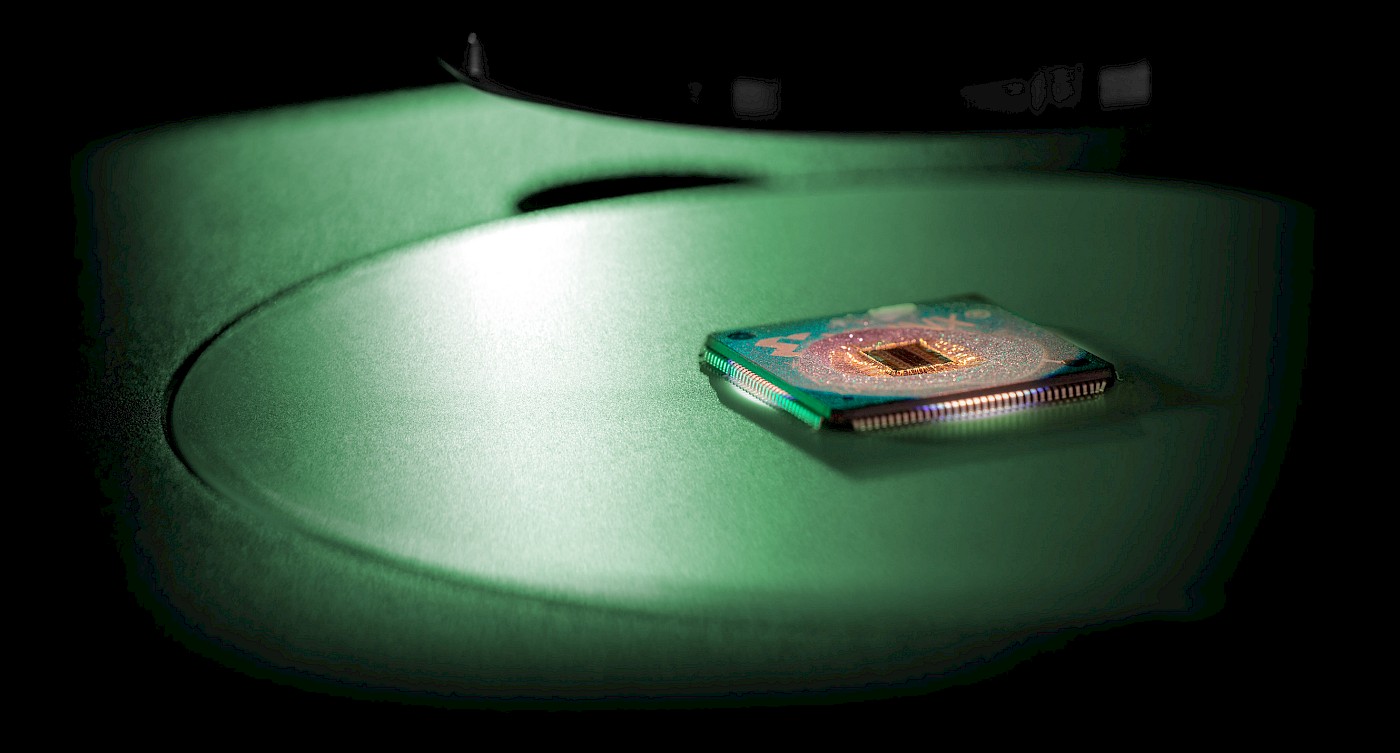We specialize in testing electronic and electromechanical components, employing both destructive and non-destructive standardized methods.
Our approach is modular, crafting the optimal test sequence tailored to your specific needs from our extensive analysis portfolio.
After each test, we evaluate the result and extend or reduce the subsequent tests if necessary. In the event of changes, we will of course always consult with you.

Our Job.
Your Safety.
You want to have a component tested?
Give us a call: 08756/896 300-0

